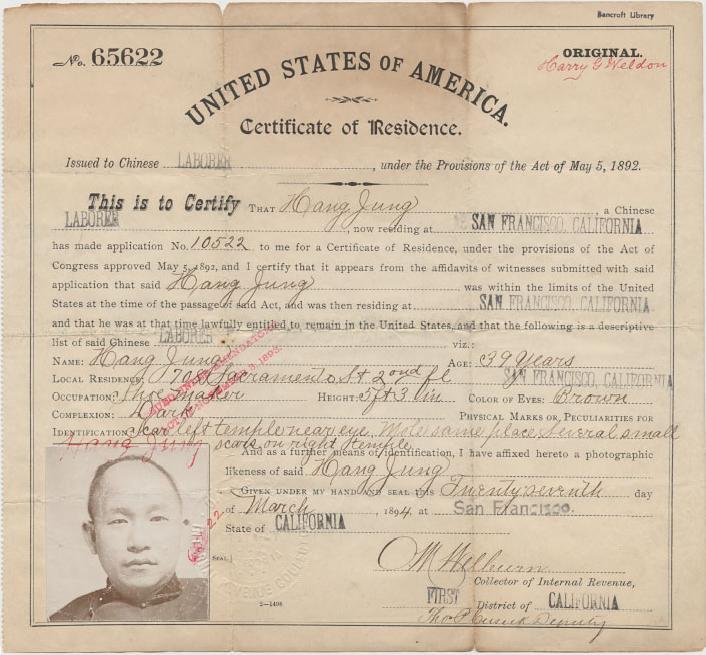In August, Republican presidential hopeful Jeb Bush tried to deflect controversy over his criticism of so-called “anchor babies” by clarifying that he was “talking more about Asian people” and not about Hispanics. This comment stoked yet more criticism, but there is a tiny grain of truth in Bush’s comments: Asians are on track to become the fastest-growing U.S. population in the next half-century.
From now until 2065, the overall U.S. population will increase by 36% to 441 million people, according to a recent Pew Research Center study. Asian immigrants and their kids will make up 88% of the increase.
“Migration from Latin America, particularly Mexico, has slowed sharply,” study co-author Mark Lopez told The Wall Street Journal. “Meanwhile, Asian immigration has been steadily rising, especially from China and India.”
The U.S. has had a checkered and contradictory past when it comes to Asian immigration, explains sociologist Morrison G. Wong in a 1986 paper analyzing this history. Railroads and economies have been dependent on this population, yet fear of the “yellow horde” led to the passage of various immigrant exclusion acts. Due to the unique demographics of the Asian immigrant population, they are considered a “model minority,” while being closer to the poverty line than their American counterparts. Wong predicted (correctly, it turns out) that immigration would continue to grow quickly, in part due to “family-chain migration,” or successful immigrants trying to bring their extended families over as well, and suggested that the influx and impact of immigrants would most affect the policy and budgets of the Western states.

The first Asian group to immigrate to the U.S. was the Chinese, who often gravitated toward California and its opportunities for gold. They were quickly followed by the Japanese and Koreans; later, Filipinos immigrated to very specific areas, most notably Hawaii.
At nearly every stage, Asian immigrants felt the hostility of white workers who considered them scabs who could undercut wages. The first major anti-Asian piece of legislation was the Chinese Exclusion Act of 1882. A few decades later, the National Origins Quota Act of 1921 declared that the number of new immigrants allowed from any group annually could only be 3% of that nationality’s 1910 population. In 1924, the Johnson-Reed Act tweaked the numbers to be even stricter: 2% of the 1890 population.
Reform came in the 20th century. The Immigration Act of 1965 abolished these quotas. Subsequently, each country received a limit of 20,000 immigrants annually, with spouses and dependents exempt from being additionally counted. From 1965 until 1981, Asian immigration increased almost tenfold, with an increase from every country except Japan.
Recent Asian immigrants represent an anomaly, Wong wrote, not only because of their numbers, but because they tend to be more educated and more likely to be members of the professional class than non-Asian immigrants. As of 1986, general family income was about $2,000 higher than U.S. counterparts, though male Asian immigrants made less than their U.S. counterparts (with the notable exception of, again, Japan). The population skewed younger, but the fertility rate overall didn’t differ too much from the American rate.
One of Wong’s most interesting findings is that increased Asian immigration has more of an effect on the state level than on the national level. Asian immigrants disproportionately live in the West, especially California, and this effect grows due to the aforementioned “family-chain migration” pattern. Further, they usually live in large cities, which creates more dependency on the policies and resources offered by urban areas. Since the western states have the higher burden of accommodating new immigrants, they will uniquely need to change their educational and social service organizations. For example, the high number of Asian immigrants in California creates the need for more expansive bi-cultural and bilingual educational programming, a need that a Midwest state is less obligated to fulfill.







